For the vast, vast majority of time, humans lived and cooked without electricity or gas. Yet, within less than two centuries under the influence of electricity’s convenient grid, people in the developed world cook with nothing but electricity or supplied gas. Not only that, they’ve totally forgotten how to cook any other way.
I grew up with a microwave and a gas-fueled stove. I knew nothing else (aside from burned s’mores at summer camp). But now that I live off-grid, I use several different ways to cook my food that don’t have anything to do with a switch or a pilot light. If you would like to learn how to take care of one of your most basic needs without outsourced power, here’s a brief list of ideas to try.
Sun Power
In the worst of summer, we sometimes idiomatically say that it’s hot enough “to cook an egg on the pavement.” Though the expression may be hyperbole, the idea of using the sun’s intense heat to cook food is actually good sense.
For example, in the fuel crises of the 70s, lots of back-to-the-land types thought cooking with the sun (and not fossil fuels) was totally groovy. In publications like The Mother Earth News, ideas abounded with ways to buy or DIY your own reflector oven (check out this article from 1959) and use the sun’s rays to do what the struggling fuel supply lines couldn’t. You can still find plenty of designs and projects for solar ovens from cardboard boxes lined with tinfoil (with all the panache of a fifth grade science project), to serious builds that make serious food.
We even have an earlier Insteading article with our own take on a DIY build for this super environmentally friendly cooking device.

If you’re looking to purchase a sun-powered appliance, the brand I know best is the All-American Sun Oven. These reflective boxes are capable of cooking pretty much anything you can cook in a normal oven (with some temperature exceptions, of course). I’ve used mine for over seven years, and it’s cooked everything from pies to bread to potatoes to (almost) boiling water. Even though the thermometer says it can go higher, the hottest I’ve ever been able to get the oven is somewhere in the ballpark of 375 degrees, which is useful for simmering rice or beans, roasting vegetables or meat, and baking bread. One thing I’ve never quite been able to get to work in the sun oven is pasta. The chickens enjoyed the glorpy mush that I did make, but the people who had been hoping to eat it certainly didn’t.
That said, in recent years these ovens have drastically increased in price, and are now hundreds of dollars more expensive than they were seven years ago. Maybe the DIY route is due to be back in style. Also, though I haven’t used one, there are camping-style solar ovens that are meant to be used while backpacking. They are so small that they strike me as a single-person novelty rather than a useful, long-term appliance for a family, but again, I haven’t used one to vet it.
Now whatever oven you use, you need to know that cooking in a reflector oven is a very active process. This is no set-it-and-forget-it cooking experience. The sun is in constant motion, and as such, any reflector oven needs to be constantly repositioned to continue cooking. That repositioning includes both pivoting and adjusting the angle of the reflector panels so the sun is always shining directly on them. To that end, a flat, level surface is the best place to put your oven — anything else may be frustrating to deal with.
Finally, when it comes to cooking with the sun, planning is key. If it’s a partly-cloudy day, you run the risk of losing power before your dish is cooked (make sure you have a back-up plan for getting things finished if the clouds win). Additionally, don’t procrastinate on getting things into the solar cooker. This is the voice of experience telling you that it’s frustrating to get your bread dough in the solar cooker a little too late … and face sundown with a half-cooked loaf.
Those few learning-curve moments aside, having an oven that doesn’t need fuel and doesn’t heat up the off-grid home is a boon of such magnitude it can be hard to describe to those who are still on-grid (it’s big).
Fire Power
Fire power is really where it’s at when it comes to cooking food without the grid. The Promethean myth makes sense when you realize just how useful fire was (and is) to humanity. We’ve come up with a dizzying array of ways to harness, hold, and use it. When it comes to cooking off-grid, there are many ways to use fire.
An Open Fire
This is the most rustic of cooking experiences, sure, but it isn’t without a certain primeval charm. Building a fire, roasting your food over it, and dining under the sky with the aroma of smoke lingering in your hair and clothing, is a truly human experience; one that I hope everyone has the opportunity to enjoy both on and off the campground. When we were new to our homestead and hadn’t yet built our off-grid home or outdoor kitchen, my dedicated firepit cooked many summer meals when the thought of firing the indoor oven was downright untenable.

Firepit cooking methods vary from baking potatoes and corn directly in the hot ashes, to wrapping food in leaves and mud and baking them in the coals, to roasting food on sticks or a spit. If you can rig up a grate, you can then use pans and pots almost like you would on a grill. Of course, make sure that the pans and pots you use are ones you don’t mind getting covered with smoky black soot, or potentially, getting overheated (something that could destroy ceramic-coated pots and pans). I would recommend using cast-iron cooking vessels, when possible, as overheating is bound to happen once in a while.
Though it sounds primitive on paper, there are some foods that I personally believe should only be cooked over open flame — their indoor-cooked counterparts seem to lack a certain je ne se quoi and wild flavor. Flatbreads are one of those foods. Outdoors, they cook in record time and are graced with wonderfully browned bubbles. Baba ghanouj, the zesty eggplant spread, is another food that can only exist when kissed with smoke.
If you want more of my open firepit cooking tips, you can check out an earlier article I wrote on the subject here.
Outdoor Ovens
We have written about the delights, beauty, and utility of outdoor ovens here on Insteading. If you’re looking for a fun, useful, and picturesque backyard project that takes your cooking off-grid, check them out for ideas and more.
Stone Ovens
Outdoor Stone Ovens: What Are They, How Do They Work, and Photos

Earth Ovens
Outdoor Earth Ovens: What Are They, How Do They Work, and Photos

Brick Ovens
Outdoor Brick Ovens: Types, Uses, and Photos

Outdoor Pizza Oven
DIY Outdoor Pizza Oven (With Instructions)

Woodstoves
The woodstove is one of the most iconic images in the off-grid life. It’s the essence of coziness, and for good reason. It’s multi-use presence in the home warms it, can be used to dry both food and laundry, and as an additional bonus, can be used to cook a meal as well.

Not every meal can be cooked on a woodstove. You are pretty much limited to things that can be boiled or simmered because the top surface of the stove isn’t always a level cooking area, and the fluctuations of the heat produced are difficult to both control and maintain. We have, however, cooked our finest stews atop the woodstove’s surface, where they gently simmer and tenderize from early morning until dinner time.
Anything that needs to be cooked low and slow can be carefully cooked atop a woodstove. Think fruit butters, soups, stews, beans, or hot-leached acorns. It’s also a great way to boil water for your morning tea or coffee.
Wood Cookstoves
Ahh, now we’ve come to one of my kitchen’s prized possessions. The wood cookstove is the sort of thing you imagine warming the kitchen corner of a 1880s homesteader, but they are just as useful in 2025 — as I intend to show with this photo of my own off-grid kitchen.

Wood cookstoves are not cheap. As in four figures not cheap. You’ll likely have to save up to be able to purchase one, but once you do, you’ll never have to replace it. As someone who has single-handedly killed not one, not two, but three electric ovens (I guess my sourdough bread was more than they could handle), this fact something I value.
The wood cookstove functions the same way as a normal stove and oven, and you can cook, sautee, bake, and boil everything you could possibly imagine. The difference, of course, is that instead of using gas or electricity, you supply the heating fuel directly. So having a good supply of stove wood is absolutely critical to the long-term functioning of a wood cookstove. It’s not something you can just throw together at the last moment.
Starting up and maintaining a fire in a wood cookstove sounds intimidating at first, but once you’ve done it a few weeks, it becomes second nature. I have been cooking on our wood cookstove for exactly a year now, and though I definitely may have burned a few things at the beginning, I now feel as comfortable cooking on its familiar surface as I once did with my doomed electric stoves.
I have a lot more to say about wood cookstoves, but since this article is running long, I will write about them again in the future. Maybe the fact that there’s someone cooking her daily meals with a new-old-fashioned stove is heartening encouragement to anyone out there who is wondering if it’s worth the endeavor?
My vote is a hearty yes!
I hope this brief introduction to ways of preparing food off-grid is an inspiring start to anyone contemplating getting off the gas and electricity grid, and putting the literal power of cooking back in their own hands. As someone who has lived off-grid for a while now, I can confirm it’s practical, sustainable, achievable, and worthwhile. These methods of cooking are visceral, connecting you with your food in a way that no take-out, order-in, sit-down, or drive-through can ever achieve.
As always, let us know in the comments below: Have you cooked anything more than a marshmallow off-grid? Do I have any other fellow wood cookstove warriors to high-five out there? Sound off and share your stories.


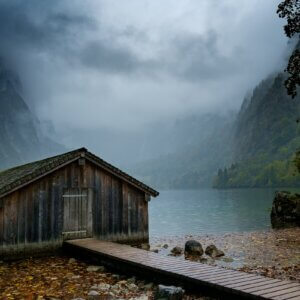





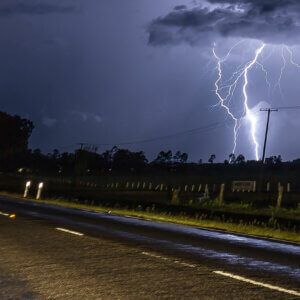
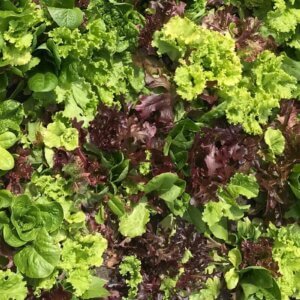

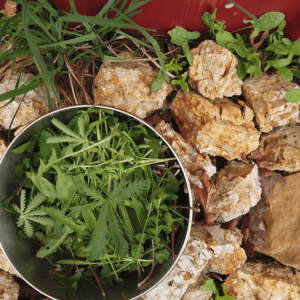







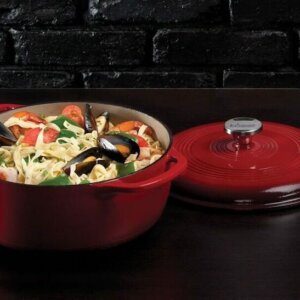
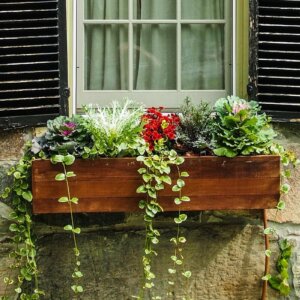
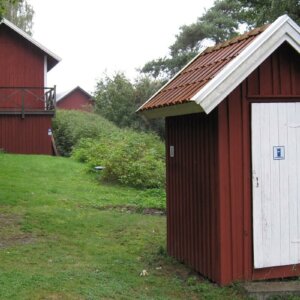

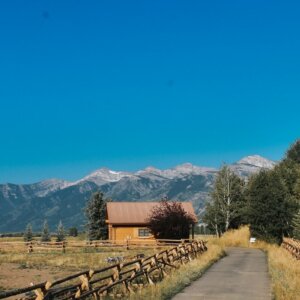

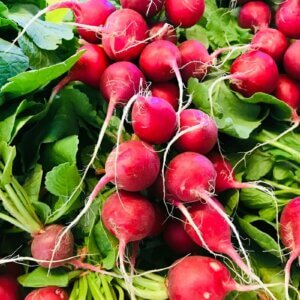



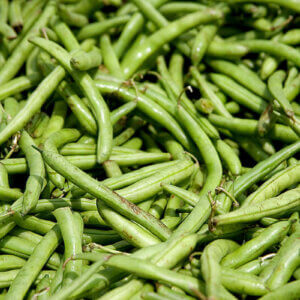
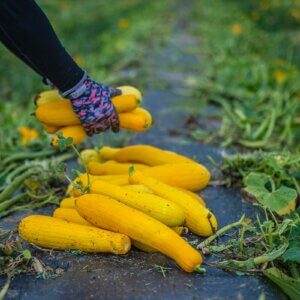



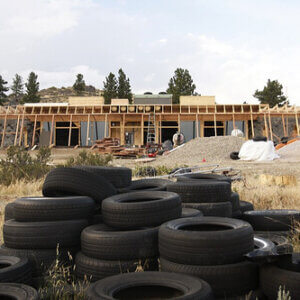



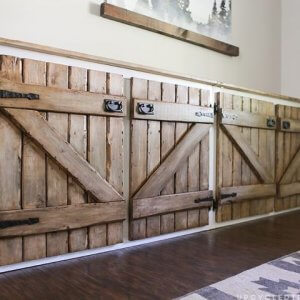
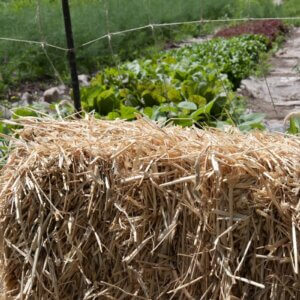
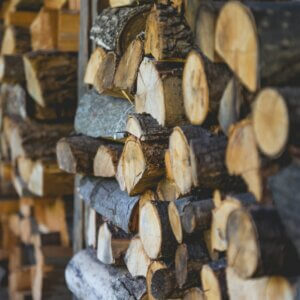
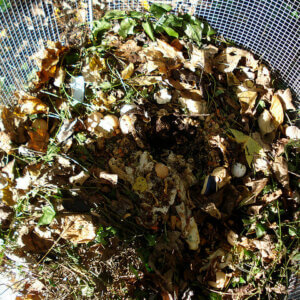
Leave a Reply